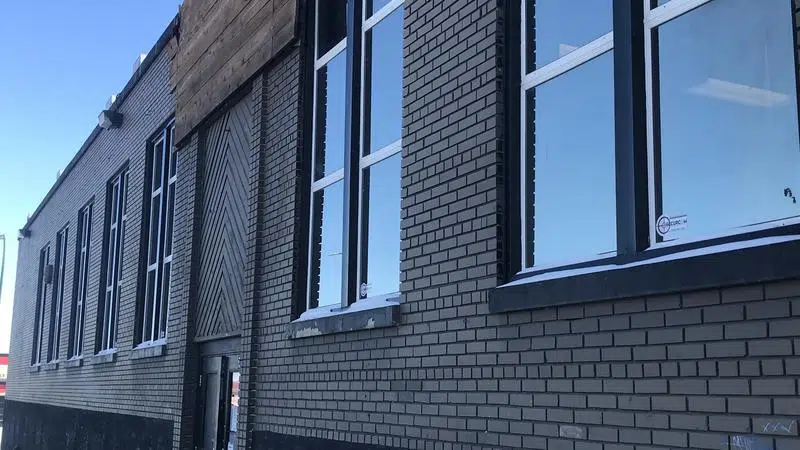
“Significant increase” in calls for service at SCS and surrounding area strain LPS resources
LETHBRIDGE, AB – *UPDATED* In the first year of its operation, according to new numbers released by Lethbridge Police at Wednesday’s Police Commission meeting, calls for service at the city’s Supervised Consumption Site (SCS) and in the immediate area, have exploded.
Acting Chief Scott Woods says calls at 1016 1 Ave. S. went from seven between March 1, 2017 – Feb. 28, 2018 (Year Zero), to 424 in the period between March 1, 2018 and Feb. 28, 2019 (Year 1). That, according to the statistics, is a nearly 6000 per cent increase. It’s important to note however, that calls for service do not necessarily equate to potential criminal activity.
 LPS Calls for Service
LPS Calls for Service“That means when somebody calls the police, requesting police assistance we send out a patrol car or multiple patrol calls depending on what the incident is.”




